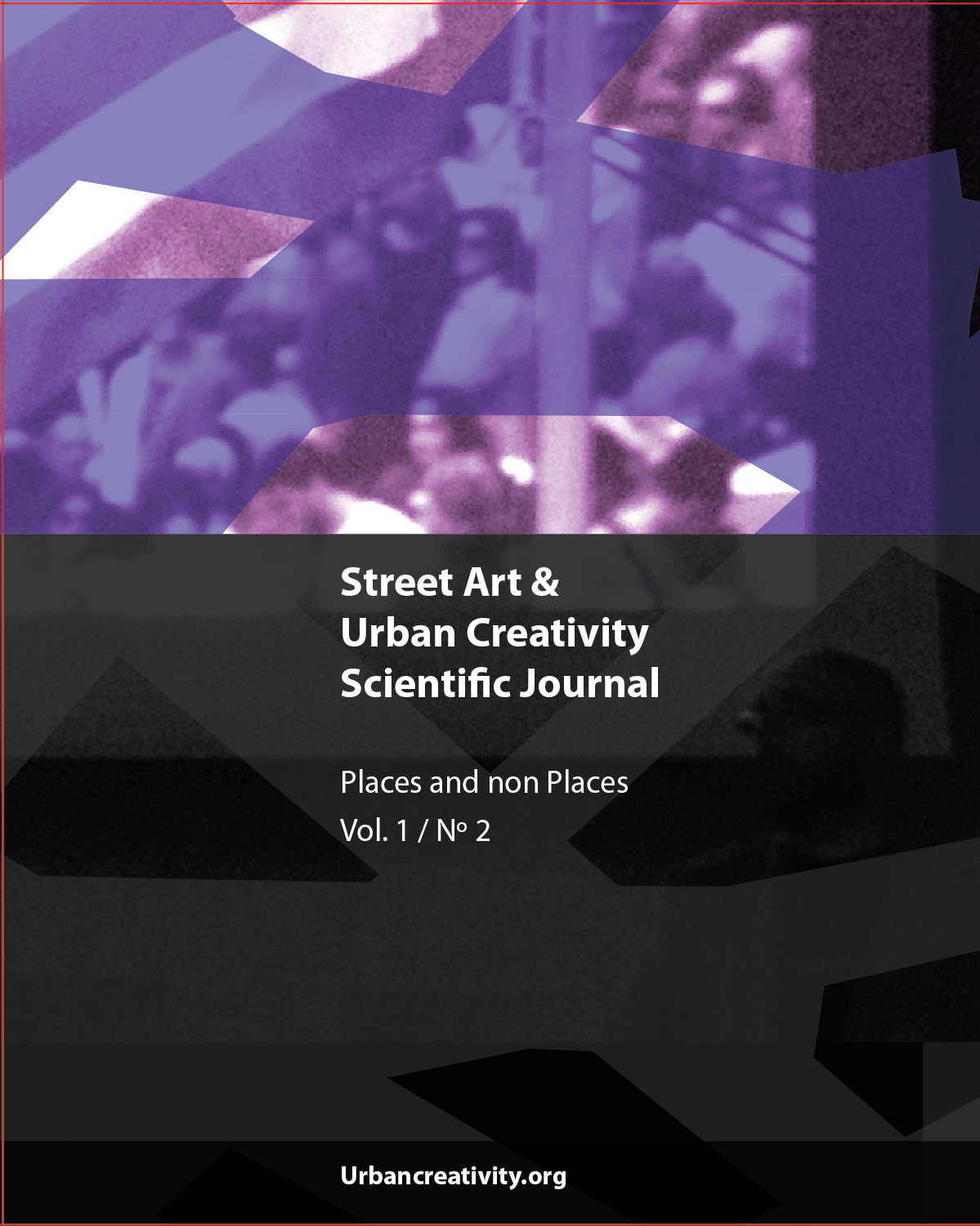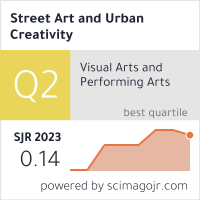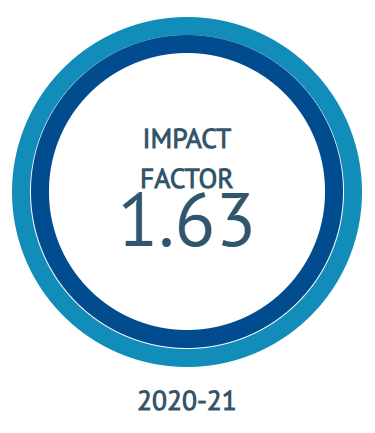The “Banksy Effect” and Street Art in the Middle East
DOI:
https://doi.org/10.25765/sauc.v1i2.25Abstract
The English street artist known as Banksy has in recent years become an important figure in the contemporary art world, garnering both critical acclaim and commercial success with his work. The “Banksy effect” is a term coined to describe the increased interest in street art that has emerged in the wake of Banksy’s popularity. Although the Banksy effect is not universally applauded, it offers a useful lens through which to consider the emergence of street art as a means of popular expression in the Middle East and North Africa (MENA) region. This paper considers three places in which street art has been intentionally deployed as a vehicle of political protest or as a means to generate tourism in the face of political unrest: street art in the Palestinian territories; street art in Egypt, particularly Cairo; and the Djerbahood project in Tunisia. A brief discussion of the way in which street art is created and received in each particular area is provided, followed by some observations on how the Banksy effect may be at play in that particular context. The paper concludes that the idea of the Banksy effect has relevance in discussions of street art in the MENA region and that both the positive and negative aspects of the Banksy effect are seen in the region.
Downloads
Global Statistics ℹ️
|
740
Views
|
468
Downloads
|
|
1208
Total
|
|
Downloads
Published
How to Cite
Issue
Section
License
Copyright (c) 2015 Street Art & Urban Creativity

This work is licensed under a Creative Commons Attribution-NoDerivatives 4.0 International License.
Those authors who publish in this journal accept the following terms:
-
Authors retain copyright.
-
Authors transfer to the journal the right of first publication. The journal also owns the publishing rights.
-
All published contents are governed by an Attribution-NoDerivatives 4.0 International License.
Access the informative version and legal text of the license. By virtue of this, third parties are allowed to use what is published as long as they mention the authorship of the work and the first publication in this journal. If you transform the material, you may not distribute the modified work. -
Authors may make other independent and additional contractual arrangements for non-exclusive distribution of the version of the article published in this journal (e.g., inclusion in an institutional repository or publication in a book) as long as they clearly indicate that the work was first published in this journal.
- Authors are allowed and recommended to publish their work on the Internet (for example on institutional and personal websites), following the publication of, and referencing the journal, as this could lead to constructive exchanges and a more extensive and quick circulation of published works (see The Effect of Open Access).













